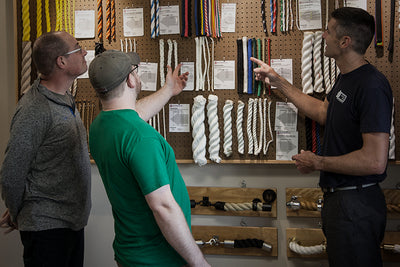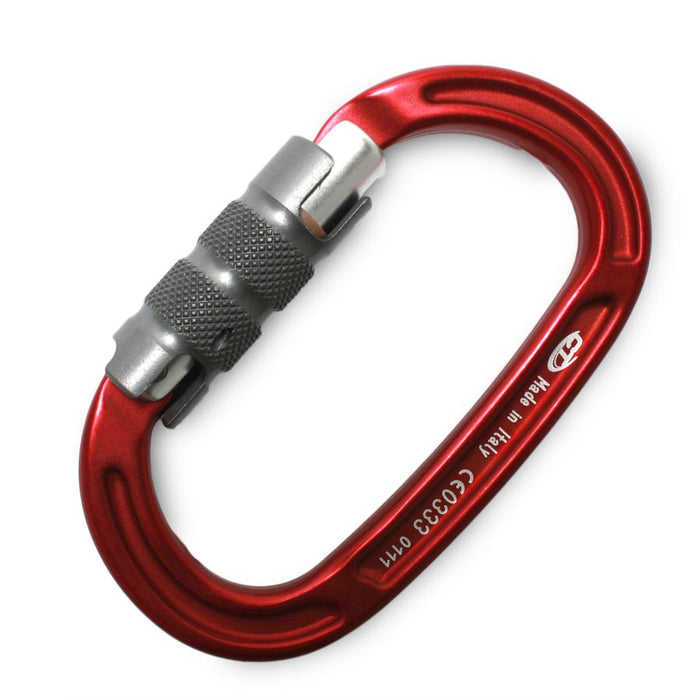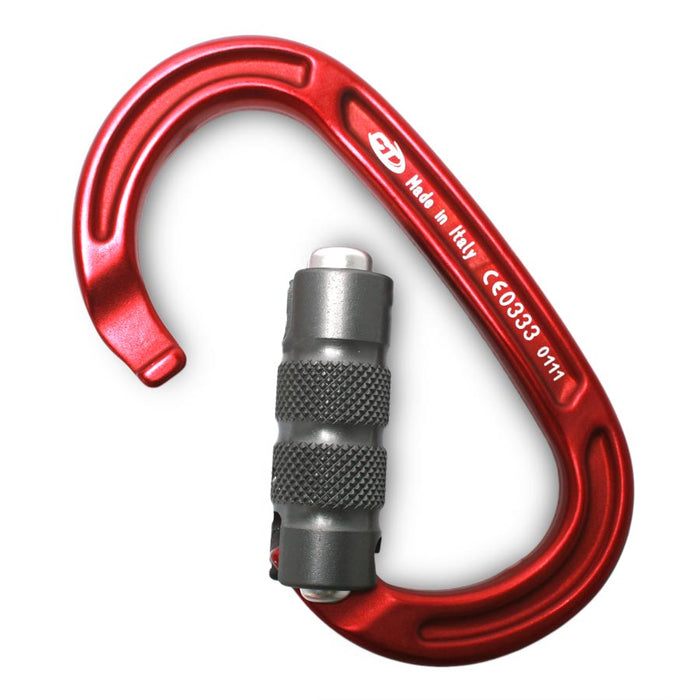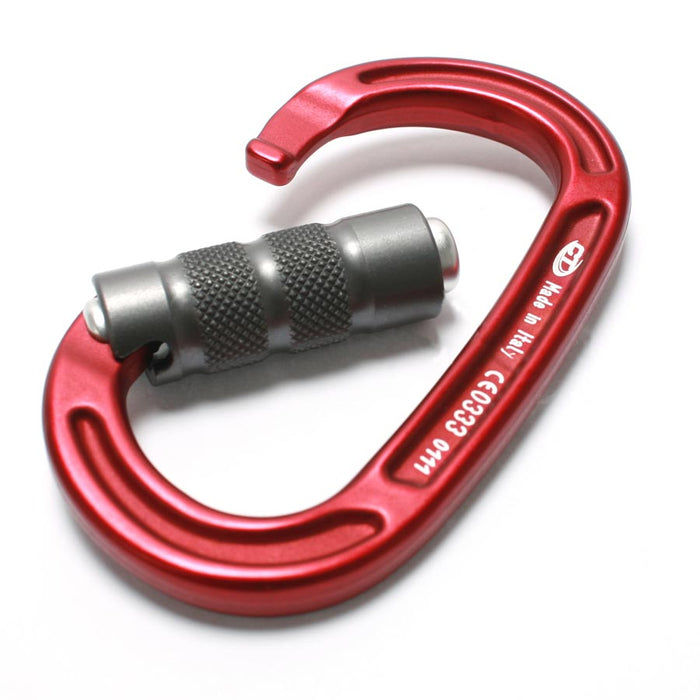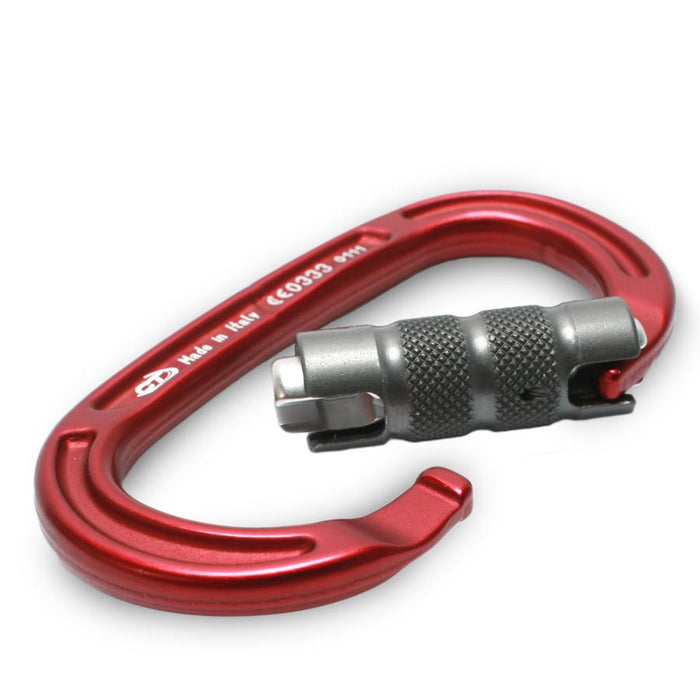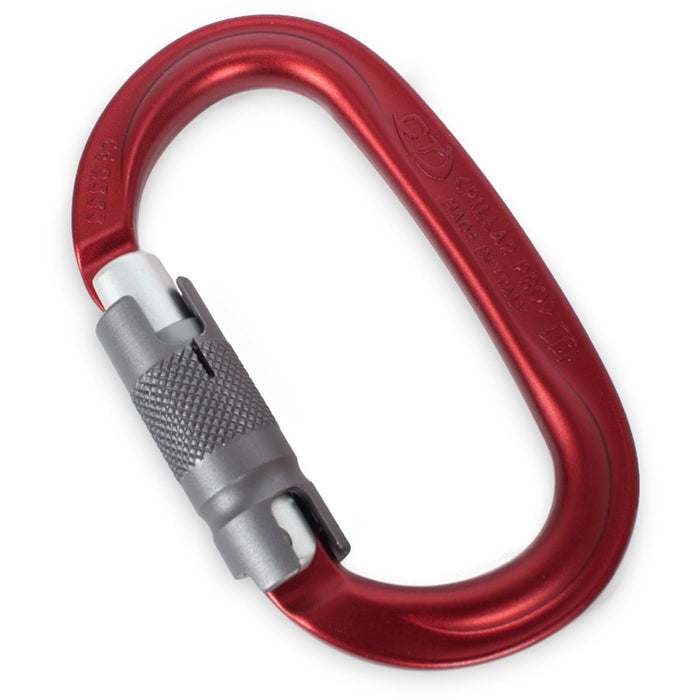
CT Oval Carabiner | Red with Gray Gate
SKU: 8250
Weight: 0.25 lb
Weight: 0.25 lb
Save 30%
Original price
$28.30
Original price
$28.30
-
Original price
$28.30
Original price
$28.30
Current price
$19.80
$19.80
-
$19.80
Current price
$19.80

